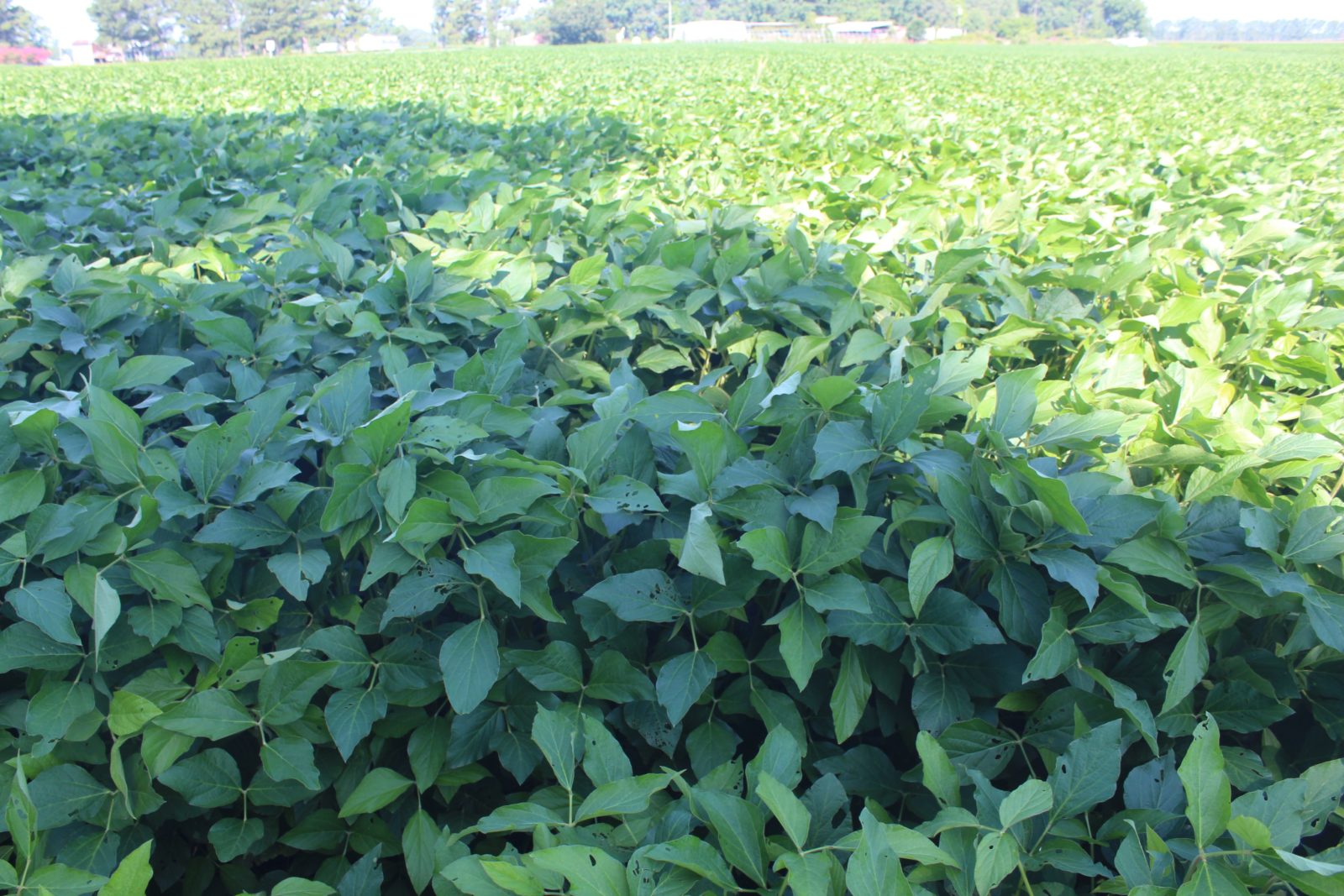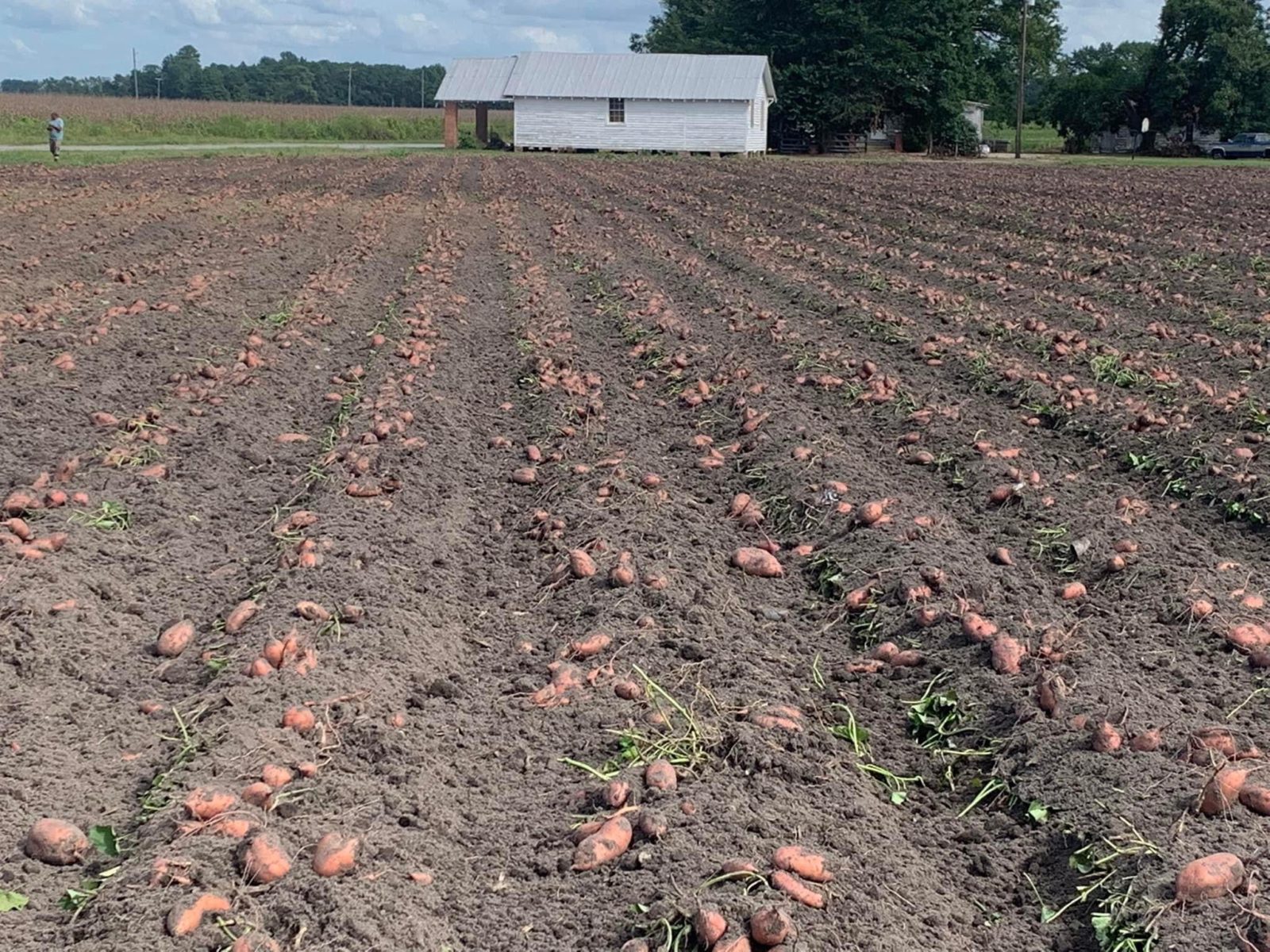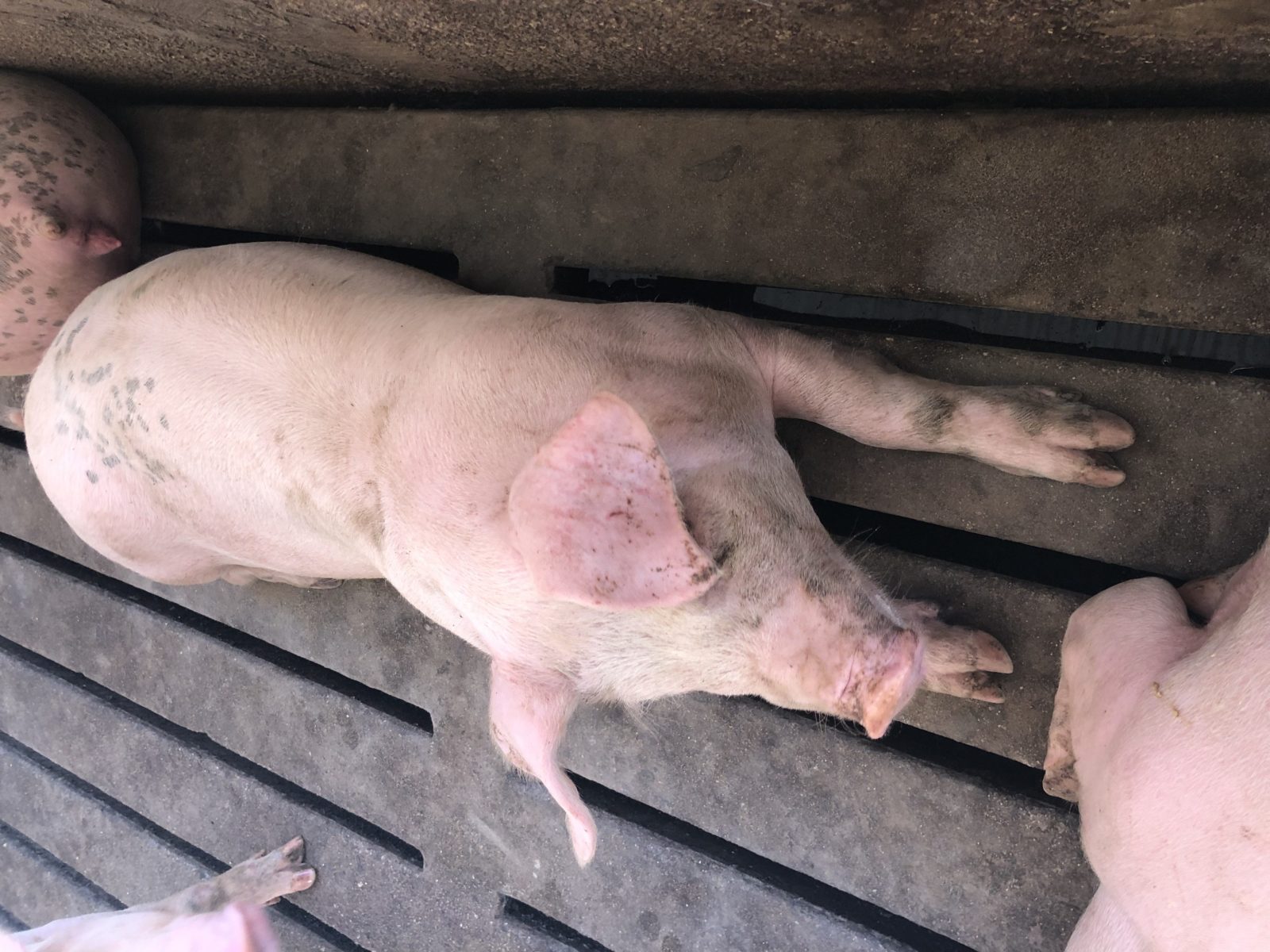
2022 has continued to be the driest year I’ve seen in my 35 years of farming in my part of the U.S. Southeast. We received very little rain in August.
Often, an Atlantic tropical storm or named hurricane will bring moisture to our region during this time of the year to relieve drought conditions. But this year, August was quiet. For the first time since 1997, and only the third time since 1961, we had no named storms in August in the region covering the Atlantic Ocean, the Gulf of Mexico and the Caribbean Sea.
This weather has been very hard on some of our crops, while others, like our soybeans, are resilient. It demonstrates why we have diversified our farm.
However, that diversity also means that we are in the heart of our busiest time of year. We are currently harvesting corn, sweet potatoes and tobacco. It’s a lot to manage.
The soybeans still have excellent yield potential, despite recent dry weather. We need timely moisture to finish the crop and help the plants fill the pods in the month remaining until harvest.
We finished pickling cucumber harvest in mid-August, as expected. The rain we received in July helped that crop, and the vines stopped producing before the latest stretch of dry weather affected them.
The drought conditions hurt our corn crop severely. We started harvesting corn the last week of August, which is about 2 weeks later than usual. Yields are well below average for our region.
We waited to start harvest to allow the corn to dry more in the field. In normal years, we start picking corn at 25% moisture in the kernels. Then we rely on LP gas to heat and dry the corn to about 16% moisture as it leaves our dryer. As the corn cools, it reaches 15% moisture, which is what we store it at to prevent it from spoiling. Because our crop is small, no hurricanes were in the forecast that could damage the crop and LP gas — like all gas — is expensive, we waited until the corn was at 20% moisture in the field before we started picking it. We will still have to dry it the rest of the way because of our high humidity, but we will save significant costs.
Tobacco harvest continues, and the plant leaves mature. Our curing barns are full. Harvest will continue until about mid-October.
We started harvesting sweet potatoes on September 7. Early indications show that the crop looks good, but it will take time to find out how this crop handled the dry weather. Like our tobacco and cucumbers, our sweet potatoes are harvested by hand. A machine digs the sweet potatoes, turning over the mound of soil where they are growing. Our crew then goes through the turned-up soil and picks up the sweet potatoes that have been exposed — and those still partially covered up. Again, they work hard and fast. They can earn extra wages for what they harvest per hour beyond a standard weight. We try to avoid having them work during the hottest parts of the day.
We started harvesting sweet potatoes on September 7. Early indications show that the crop looks good, but it will take time to find out how this crop handled the dry weather. Like our tobacco and cucumbers, our sweet potatoes are harvested by hand. A machine digs the sweet potatoes, turning over the mound of soil where they are growing. Our crew then goes through the turned-up soil and picks up the sweet potatoes that have been exposed — and those still partially covered up. Again, they work hard and fast. They can earn extra wages for what they harvest per hour beyond a standard weight. We try to avoid having them work during the hottest parts of the day.

We started harvesting sweet potatoes on September 7. Early indications show that the crop looks good, but it will take time to find out how this crop handled the dry weather. Like our tobacco and cucumbers, our sweet potatoes are harvested by hand. A machine digs the sweet potatoes, turning over the mound of soil where they are growing. Our crew then goes through the turned-up soil and picks up the sweet potatoes that have been exposed — and those still partially covered up. Again, they work hard and fast. They can earn extra wages for what they harvest per hour beyond a standard weight. We try to avoid having them work during the hottest parts of the day.
The pigs that arrived in our farm in mid- and late-July have also grown well. They now weigh between 57 and 68 kg, or 125 and 150 pounds.
The life cycles for both our turkeys and pigs are much different than our cropping season, and this diversity helps us manage our business when the weather challenges us, like it has this year. However, we value that our soybeans contribute to the health and growth of our animals.
Diversity allows us to experience the full cycle of food production, while also spreading our risk. Though I’ve spent most of the past few weeks in the combine harvesting a rough corn crop, I remain hopeful that we will have a really good soybean crop to help provide the protein our global customers, including their animals, need.

